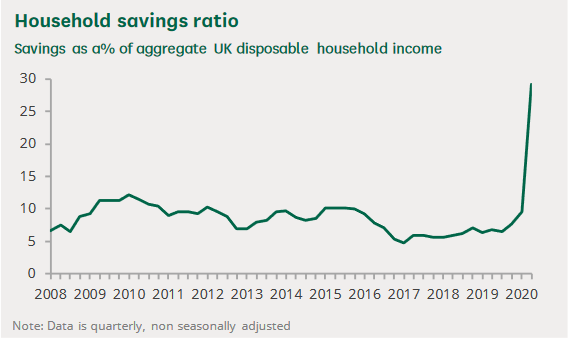Back in December this blog issued two warnings about borrowing to finance the Covid support measures:
- That deferring tax raises until the point of return risked a sluggish recovery
- The “we can’t afford pay rises” narrative was likely to be trotted out again as an excuse for further austerity.
Arguably, last week’s budget partly recognised the former as a concern for there were few significant tax rises announced apart from the proposed Corporation Tax rise, and even that was deferred.

However, NHS workers have been told they are to receive a paltry 1% rise, almost certainly representing a wage cut in real terms once inflation is taken into account. And the reason for this lack of generosity? You’ve guessed it: “We can’t afford it.”
There’s been a lot of debate in the media about this, but the question that seems to have been missing was to ask how much it was that we supposedly couldn’t afford?
So, I got out my fag packet and tried scribbling out a few sums:-

According to the government’s website there were 1,164,729 NHS workers last December of which 299,184 were nurses[1]. Payscale puts the average wage of an NHS employee at ₤26,974[2], so multiplying 1% of this by the total number of NHS workers gets you to about £314 million. That would mean a 5% rise takes you to about £1.59 billion. Now I know that there are pension costs and other benefits to add (I’m not including employers NI because that goes to the government) and that the cost of any increase is year-on-year, but…
The cost of the stamp duty holiday to date is estimated at £3.8 billion[3]. This has now been extended in full to June and in part to September, plus the chancellor has announced help for people to get 95% mortgages. In comparison, the Royal College of Nursing’s 12.5% claim, widely condemned as unrealistic, would have first year costs (based on an average salary of £33,384[4]) of less than £1.25Bn.
One can’t help thinking that it’s more important to this government to shore up house prices than it is to address the structural inequalities in our system of rewards so starkly exposed during this pandemic. And with average house prices set to rise by £10,000 this year[5], how can this subsidy be justified? This is a double-whammy for health workers trying to buy their first homes.
“Levelling up” needs to amount to more than just throwing some sweeties around in red wall constituencies. Many nurses and care workers have risked their lives and long-term health to help save those of others and are suffering from physical and mental exhaustion. They won’t be the only ones with deep scars following this pandemic, but if a city worker performs heroically during a year they will usually be rewarded appropriately. This is what needs levelling up.
[1] https://www.gov.uk/government/news/record-numbers-of-doctors-and-nurses-working-in-the-nhs
[2] https://www.payscale.com/research/UK/Employer=The_National_Health_Service_(NHS)/Salary
[3] https://commonslibrary.parliament.uk/research-briefings/cdp-2020-0082/
[4] https://www.nurses.co.uk/nursing/blog/a-quick-overview-of-nurses–salaries-in-the-uk-in-2021/#average
[5] https://www.thisismoney.co.uk/money/mortgageshome/article-9338495/What-happen-house-prices-2021-Savills-predicts-4-growth.html


